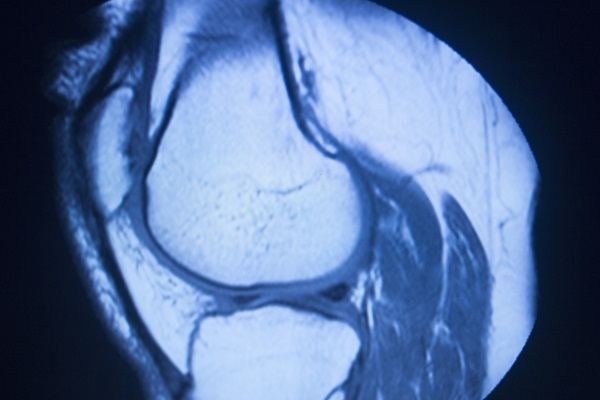Novel MRI Scoring System Helps Avoid Unnecessary Biopsy of Osseous Lesions
Posted on 05 Aug 2024

Soft tissue sarcomas (STS) are rare, malignant tumors that often require a combination of radiotherapy and surgical resection for both pre-operative and post-operative management. Despite advancements in radiotherapy that allow for more targeted radiation fields, the adjacent bone may still be exposed and develop changes such as radiation osteitis. These changes are often detected on magnetic resonance imaging (MRI) but can be challenging to differentiate from potentially malignant lesions. Although biopsies are definitive in distinguishing radiation osteitis from malignancy, they are invasive, expensive, and can cause significant psychological stress for patients while they await results. Therefore, developing an MRI scoring system to identify benign characteristics of radiation osteitis is crucial to avoid unnecessary biopsies.
Researchers at Rush University Medical Center (Chicago, IL, USA) have now developed an innovative MRI scoring system designed to evaluate osseous lesions and predict the potential for malignancy based on MRI scores in STS patients who have undergone radiotherapy. This scoring system, which demonstrates high interobserver reliability, is designed to be simple for clinical application, aiding clinicians in deciding whether a biopsy is necessary for concerning osseous lesions in patients with a history of radiotherapy. The MRI scoring system includes three parameters: morphology, signal intensity, and progression. The interobserver reliability of the MRI scores was analyzed using Cohen’s kappa coefficient, and Receiver operating curve (ROC) analysis was conducted to establish a predictive MRI score for malignancy.
In a retrospective review of 156 MRIs from 30 STS patients who had received radiotherapy, the study, which was published in the European Journal of Radiology, found that two patients (6.7%) developed regional osseous metastasis detectable on MRI. The kappa coefficient for the scoring system was 0.785, indicating substantial interobserver agreement (p < 0.001). The ROC analysis indicated that the optimal cutoff value for a malignant lesion on MRI was 5.5 (area under the curve 0.998; p < 0.001). This novel MRI scoring system recommends that lesions scoring six or above should be biopsied to confirm whether malignancy is present. These findings suggest that the scoring system could be effectively used by multidisciplinary care teams to provide clinical recommendations for patients with STS, helping to differentiate between concerns of malignancy and radiation-induced changes on MRI.














